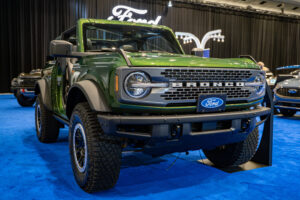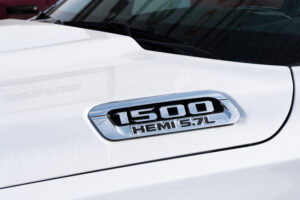HorsePower Builds
Want more content like this?
Join the PowerNation Email NewsletterParts Used In This Episode
ARP
Head bolts, main bolts.
BBK Performance
Long tube ceramic coated header.
BBK Performance
Under Drive pulley set.
Crane Cams
Camshaft, springs, and retainers.
Eagle Specialty Products
Stroker rotating assembly, H-beam rods, arias pistons, speed pro bearings.
Edelbrock
Big block top end kit.
Edelbrock
Plant tour and buildup of "LS" cylinder head.
Flitz
Buff-N-Wax polishing ball.
Huntsville Engine and Performance
Porting and polishing heads, fitting block for machine work.
Prothane
'Bullet' Motor Mounts.
Royal Purple
Racing transmission fluid.
Zoom Performance
Flywheel, clutch, pressure plate, alignment tool.































